Sewers, L'Arc & so much more...
Today showed us the most diverse sides of Paris. We began with the 280+ steps to the top of the Arc de Triomphe for an unbelievable view and a peek into the roof top gardens above the city. We then strolled. With its cinemas, cafés, luxury specialty shops and clipped chestnut trees, the Avenue des Champs-Élysées is one of the most famous streets and one of the most expensive strips of real estate in the world.
Next we ventured below the city to do the Musée des égouts de Paris (The Sewer Tour).
Until recent times, the Paris sewers also carried tourists: initially by carts that were suspended from the walkways along the tunnel walls, later by carriages drawn by a small locomotive, and--until the 1970s--in boats. We walked. At first Kegan couldn't understand why we would tour the sewers until he saw it for himself. It is impressive if not a bit stinky!
A return to the Eiffel Tower followed for crepes and naps in the park. We split up after this point for Kegan to go to the Musée de l'Armée and it's large collection of WWII artifacts while Steve and I meandered through Rodin's house and museum. The artist's Thinker is always fun to pose by and to see all his works displayed in his gardens is pretty wonderful.
Our evening ended in a stroll through the 'seedier' side of Paris with dinner at the Place du Tertre... a reminder of the time when Montmartre was the mecca of modern art. At the beginning of the 20th century, many penniless painters, including Picasso, were living there. French onion soup while a rainstorm occurred ended a rather perfect day.
Next we ventured below the city to do the Musée des égouts de Paris (The Sewer Tour).
Sewers have been draining wastewater in Paris since the beginning of the 13th Century, when the city's streets were paved and drains were built on orders from Philippe Auguste, the king of France from 1180 to 1223. Covered sewers were introduced during the reign of Napoléon Bonaparte, and today's network of more than 2,100 km (1,312 miles) of sewer tunnels was begun in 1850. The sandstone tunnels carry drainwater from the streets, sanitary sewers (now in separate pipes), mains for drinking water and the water used for street cleaning (the streets are washed every morning. Paris is very clean), telecommunications cables, pneumatic tubes between post offices, and (or so one assumes) the occasional rat.
A return to the Eiffel Tower followed for crepes and naps in the park. We split up after this point for Kegan to go to the Musée de l'Armée and it's large collection of WWII artifacts while Steve and I meandered through Rodin's house and museum. The artist's Thinker is always fun to pose by and to see all his works displayed in his gardens is pretty wonderful.
Our evening ended in a stroll through the 'seedier' side of Paris with dinner at the Place du Tertre... a reminder of the time when Montmartre was the mecca of modern art. At the beginning of the 20th century, many penniless painters, including Picasso, were living there. French onion soup while a rainstorm occurred ended a rather perfect day.

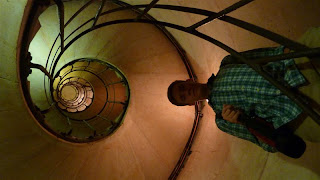
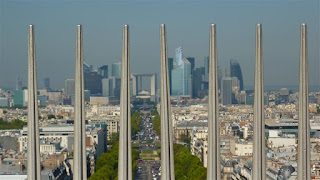
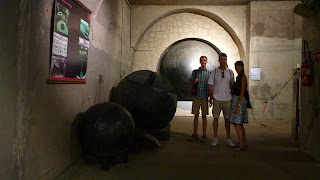




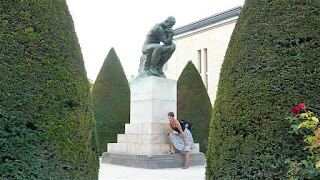

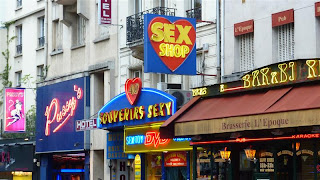
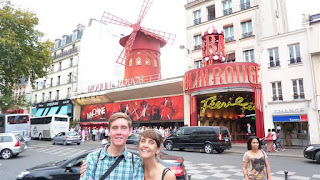
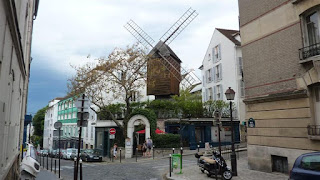
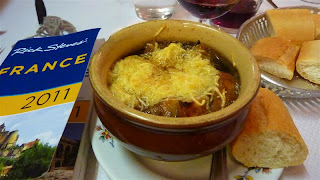

1 comments:
Another PACKED day!! I am impressed. Such rigor! It looks like you all are having a wonderful time. I am happy for you that you got to sneak this vacation in. It is important to take vacations from your vacations. :)
Post a Comment